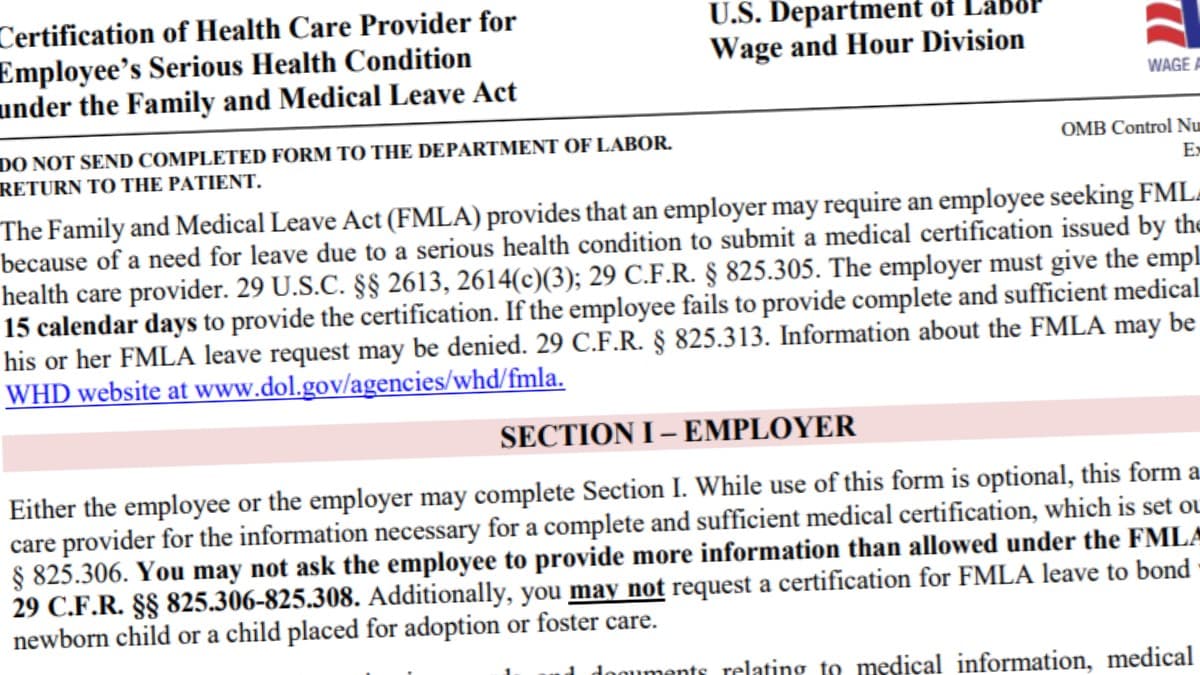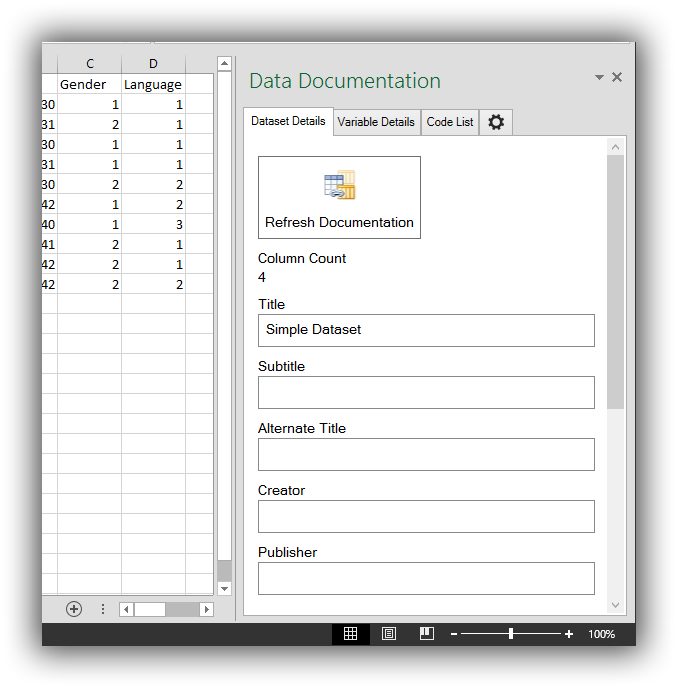FMLA Paperwork: When to Submit for Leave

In the intricate dance of work-life balance, the Family and Medical Leave Act (FMLA) stands as a crucial piece of legislation in the United States, designed to protect employees when life throws them a curveball. Whether you're welcoming a new family member, tending to your health, or caring for a loved one, the FMLA grants you the right to unpaid, job-protected leave. But navigating through the paperwork required for FMLA leave can feel like solving a complex puzzle. Here's a comprehensive guide to help you understand when to submit FMLA paperwork for leave.
Understanding FMLA Leave

Before diving into the paperwork process, it’s vital to have a clear understanding of what FMLA leave entails. The FMLA covers several qualifying reasons:
- Birth and care of a newborn child of the employee
- Placement with the employee of a son or daughter for adoption or foster care
- Personal or immediate family member’s serious health condition
- Military family leave (including qualifying exigencies and care for a military servicemember)
Eligible employees are those who have worked for a covered employer for at least 12 months, have at least 1,250 hours of service in the previous 12 months, and work at a location where the company has at least 50 employees within 75 miles.
When to Submit FMLA Paperwork

The timing for submitting FMLA paperwork can vary significantly based on the circumstances:
Planned Leave

- Foreseeable Events: If the need for FMLA leave is foreseeable, like childbirth or planned medical treatment, you must give your employer at least 30 days’ notice. Here’s the process:
- Determine the exact date or time frame you need for leave
- Discuss with your employer as soon as possible
- Complete the FMLA request forms and provide medical certification if necessary
🔔 Note: If you fail to give 30 days’ notice without a reasonable excuse for delay, your leave request might be delayed.
Unforeseen Events

- Unforeseeable Events: When the need for leave is unexpected, such as an illness or emergency, you must:
- Notify your employer as soon as practicable
- Complete the FMLA request forms and provide any required medical certification
📢 Note: Even with unforeseen events, providing notice “as soon as practicable” is essential to ensure your rights are protected under FMLA.
Steps to Submit FMLA Paperwork

Once you’ve decided to take FMLA leave, here are the steps to follow:
- Obtain FMLA Forms: Ask your HR department for the necessary forms or download them from the Department of Labor website.
- Complete Your Section: Fill out the employee portion with your information, reason for leave, and the expected leave dates.
- Medical Certification: If your leave is health-related, have a healthcare provider fill out the certification form. Your employer might require this within 15 calendar days from the request unless there are extenuating circumstances.
- Submit to Employer: Hand in the completed forms to your HR department. Some employers also allow for electronic submission.
- Wait for Approval: Your employer has five business days to respond after receiving all the required information. They may approve or deny the leave, or ask for more information.
- Monitor Your Leave: Keep track of the hours or days you’re taking leave, as FMLA has a rolling calendar year or a fixed period, depending on your employer’s policy.
📄 Note: Keep copies of all your FMLA forms and any correspondence with your employer regarding your leave.
Common Mistakes to Avoid

- Delay in Notification: Not informing your employer in a timely manner can result in a delayed or denied leave request.
- Incomplete Paperwork: Ensure all sections of the forms are filled out accurately and that medical certifications are completed if necessary.
- Not Understanding Your Employer’s FMLA Policy: Each company can have different interpretations and policies regarding FMLA. Review your employer’s policy to ensure compliance.
- Assuming Automatic Approval: FMLA leave isn’t guaranteed; there are criteria to meet, and your employer has the right to request more information if the certification is incomplete or inconsistent.
In wrapping up, navigating FMLA paperwork is about understanding your rights, adhering to timelines, and ensuring all documentation is accurate. Life happens, and when it does, having the knowledge to take FMLA leave can provide immense relief, allowing you to focus on what truly matters without the worry of losing your job. By staying informed and proactive in the FMLA process, you safeguard not only your job but also your peace of mind during critical life events.
What happens if my employer denies my FMLA leave request?

+
If your FMLA leave request is denied, you should:
- Check if the reason for denial is valid (e.g., incomplete forms, not meeting eligibility criteria)
- Provide any missing information or correct inaccuracies
- Consider discussing the issue with HR or your manager
- If the situation remains unresolved, consult with an employment attorney
Can I work while on FMLA leave?

+
Yes, you can work part-time or work a reduced schedule if it’s approved by your employer. This is called intermittent leave, and it must be medically necessary or due to a qualifying exigency under FMLA.
Do I have to return to the same position after FMLA leave?

+
The law requires that you be restored to the same or an equivalent position with the same pay, benefits, and terms and conditions of employment upon returning from FMLA leave. However, key employees might not be protected, and some exceptions apply.



